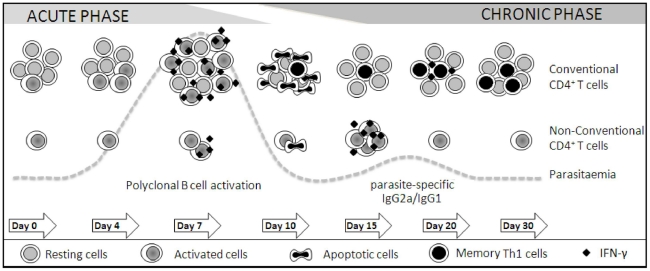Figure 8. A model for the spleen CD4+ T cell response to blood-stages of P. chabaudi malaria.
The spleen CD4+ T cell response to P. chabaudi infection develops in two consecutive phases concomitant with the acute and chronic parasitaemias. The early phase of the response begins with intense proliferation of a large proportion of conventional CD4+ T cells, which depends on the interaction with DC and class II MHC molecules and results in duplication of this population after a week of infection. The non-conventional CD4+ T cell population also duplicates during this period, but its low proliferative rate indicates that the majority of these cells undergo only a few rounds of cell division, or alternatively, they migrate from other tissues. This phase of the response culminates with production of high amounts of proinflammatory cytokines (and also with help to polyclonal Ig secretion), which is mostly dependent of conventional CD4+ T cells. The abrupt elimination of a great proportion of CD4+ T cells, together with a period of CD4+ T cell unresponsiveness, gives the opportunity to the development of acquired immunity during the late phase of the response. At this time, a large pool of CD4+ T cells is generated with the ability to promptly proliferate and produce IFN-γ when stimulated with iRBC (and also to cooperate with B cells for production of parasite-specific antibodies). Unexpectedly, the main contribution of non-conventional CD4+ T cells occurs in the beginning of the second phase of the response. Thus, according to this model, conventional CD4+ T cells are the main protagonists of this response from the onset of the disease, acting in parallel with non-conventional CD4+ T cells as a bridge between the innate and acquired immunity.

